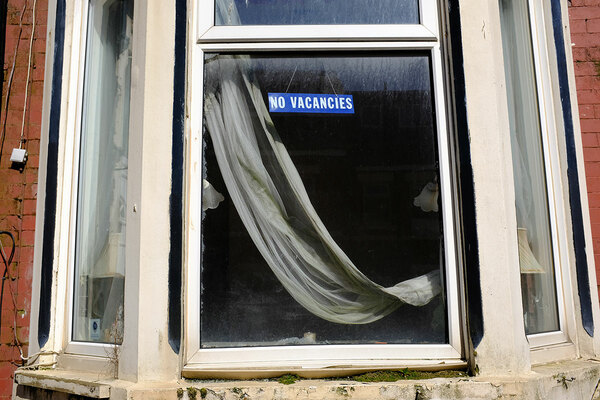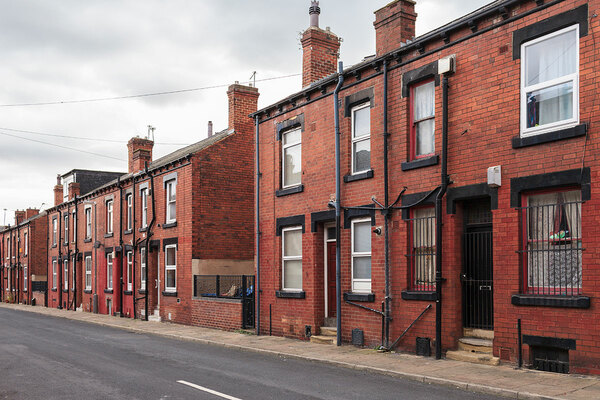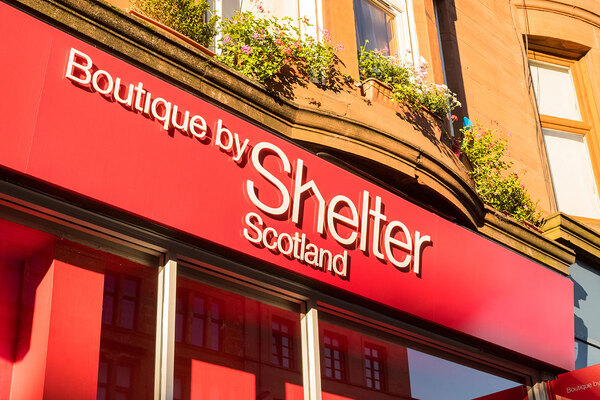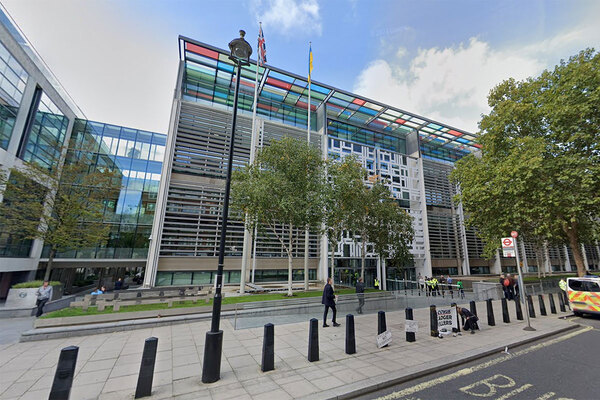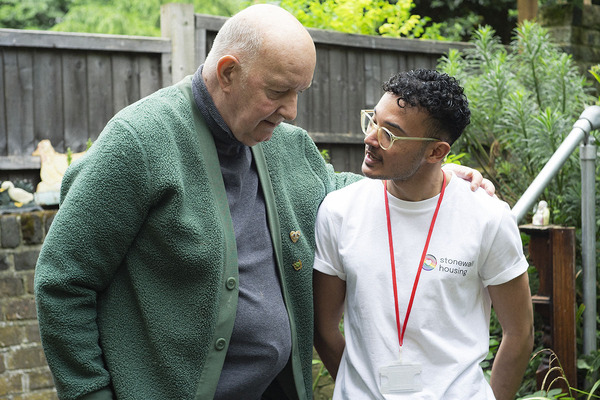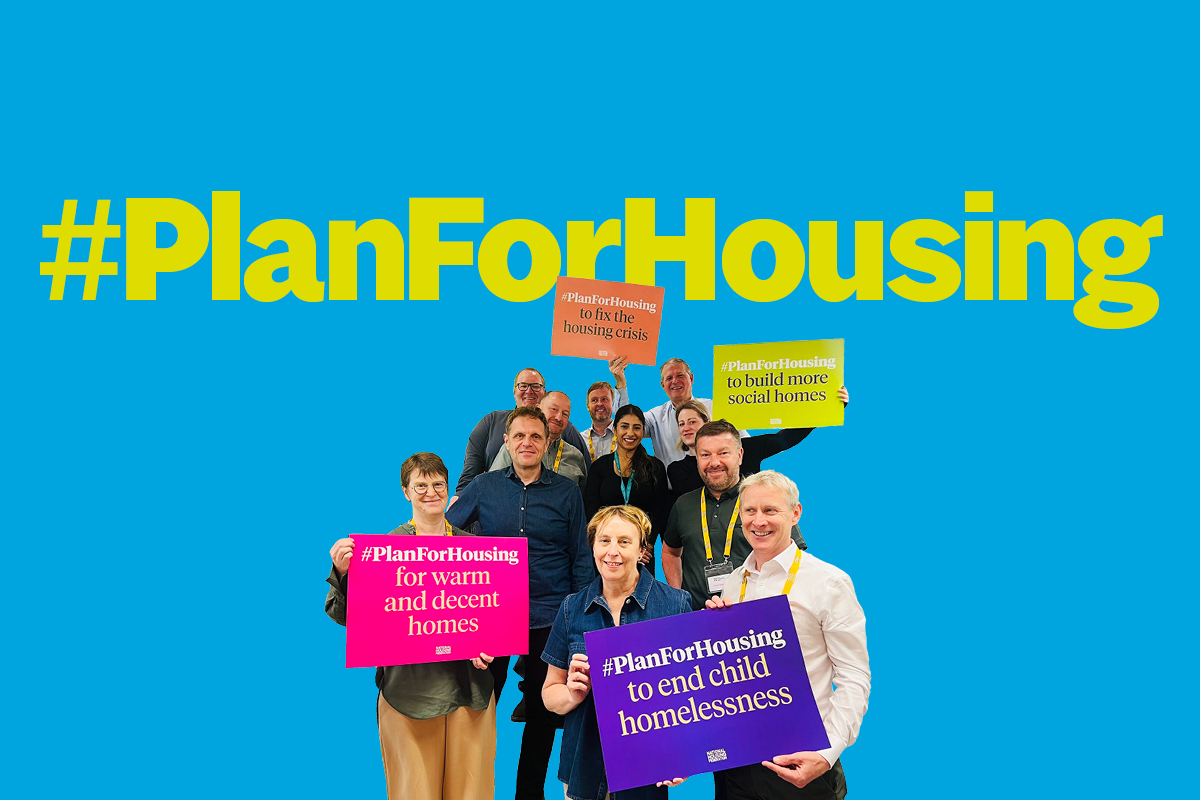You are viewing 1 of your 1 free articles
Households in temporary accommodation hit 13-year high before pandemic
The number of homeless households in temporary accommodation across England hit a 13-year high before the coronavirus crisis.
Official figures published on Thursday show there were 88,330 households staying in temporary accommodation provided by councils on 31 December 2019, including 128,340 children.
That is a 5.7% rise from the end of the previous year and the highest level since 2006, despite the government introducing the Homelessness Reduction Act in April 2018 in an effort to bring England’s homelessness problem under control.
Households in B&B temporary accommodation rose 10% from 6,660 to 7,330, though the number of households with children being kept in B&Bs fell 14.4% from 2,220 to 1,900.
Numbers of temporary accommodation households in council or housing association stock rose 19.5% between the end of 2018 and 2019, from 16,590 to 19,830.
Local authorities assessed 34,010 households as being threatened with homelessness within 56 days between October and December 2019 – down 1.3% from 34,460 during the same period in 2018.
Another 33,270 were deemed already homeless and in need of relief, a 12.3% increase from 29,620 in the previous year.
A total of 36,460 households – 53.8% – were able to secure accommodation for 6 months or more because of councils undertaking their prevention or relief duties in line with the 2018 legislation.
However, housing charity Shelter warned that the figures show councils would be unable to cope with a potential rise in homelessness if ministers lift the eviction ban in place during the coronavirus pandemic.
It pointed out that 51% of the 39,170 homeless households whose relief duty ended between October and December left the system without being helped to secure a home.
“Even before the pandemic councils were barely able to help half the homeless people turning to them,” said Polly Neate, chief executive of Shelter.
“Now we are hearing from renters who are struggling more than ever as jobs are lost and incomes fall because of the crisis. Many people are facing rent arrears and mounting debt.
“If the government lifts the eviction ban without putting in protections for renters, it will unleash a wave of homelessness that will see councils drown and families needlessly suffer.”
The government has promised to protect renters after the evictions ban ends by introducing a pre-action protocol requiring landlords to engage with tenants over rent arrears before starting possession proceedings.
